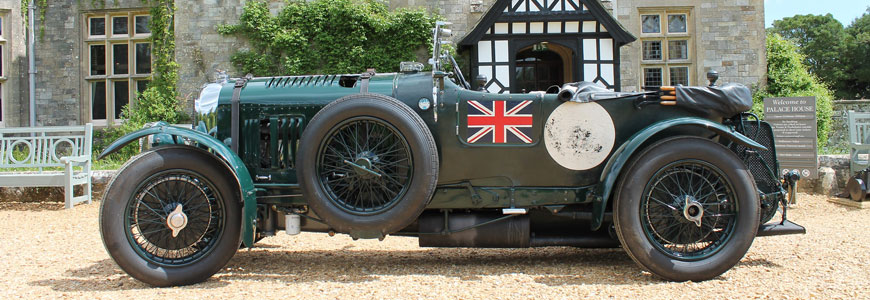
This month, Beaulieu take part in the London to Brighton Veteran Car Run and the popular Monorail undergoes its annual service.
Even a powerful Bentley needs occasional love and attention and our ‘Blower’ is no exception to that rule. The museum’s Lotus 49, which was famously campaigned by Graham Hill during the 1967 Formula 1 season, has also been in the workshop for fine tuning. And finally, Beaulieu’s part in the London to Brighton Veteran Car Run couldn’t happen without the workshop team being there every step of the way.
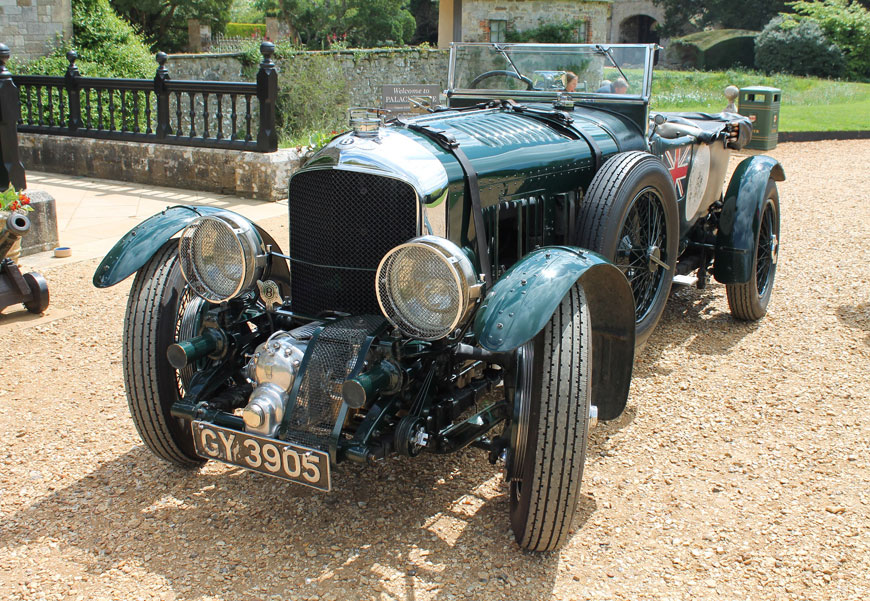
Engine rebuild for 1930 Bentley 4.5-litre Supercharged
The ‘Blower’ Bentley, which got its name from the huge supercharger poking through its front grille, perfectly captures the excitement of high-performance motoring in the 1920s and 1930s. Big, brutal and exceedingly British, these powerful Bentleys were formidable machines both on and off the race track and were favoured by wealthy gentleman racers.
The museum’s Bentley is used throughout the year for rallies and events, but this summer its 4398cc four-cylinder engine started to develop an ominous rattle. This required investigation, while it made sense to give the engine a full rebuild at the same time. So, although this glorious machine is still on show for Beaulieu visitors to see, its engine has been removed for careful inspection in the museum workshop.
As the unit was stripped down on the work bench, it was clear that all was not well with the con rods, which connect the pistons to the crankshaft. “There was plenty of side-to-side play in each of the con rods,” explains workshop trainee Tim Edgerton. “These will be replaced as, if a con rod fails, it can cut its way through the side of the engine’s alloy cylinder block as it flails around.”
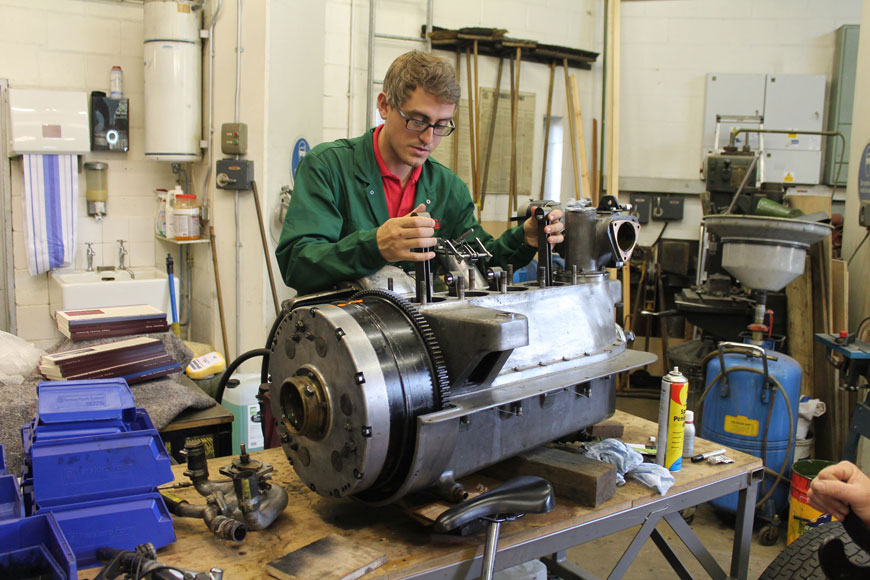
It was also discovered that the camshaft’s hardened outer surface was damaged, meaning that this component also requires replacement.” Once these scarce parts have been collected, the engine rebuild can begin in earnest.
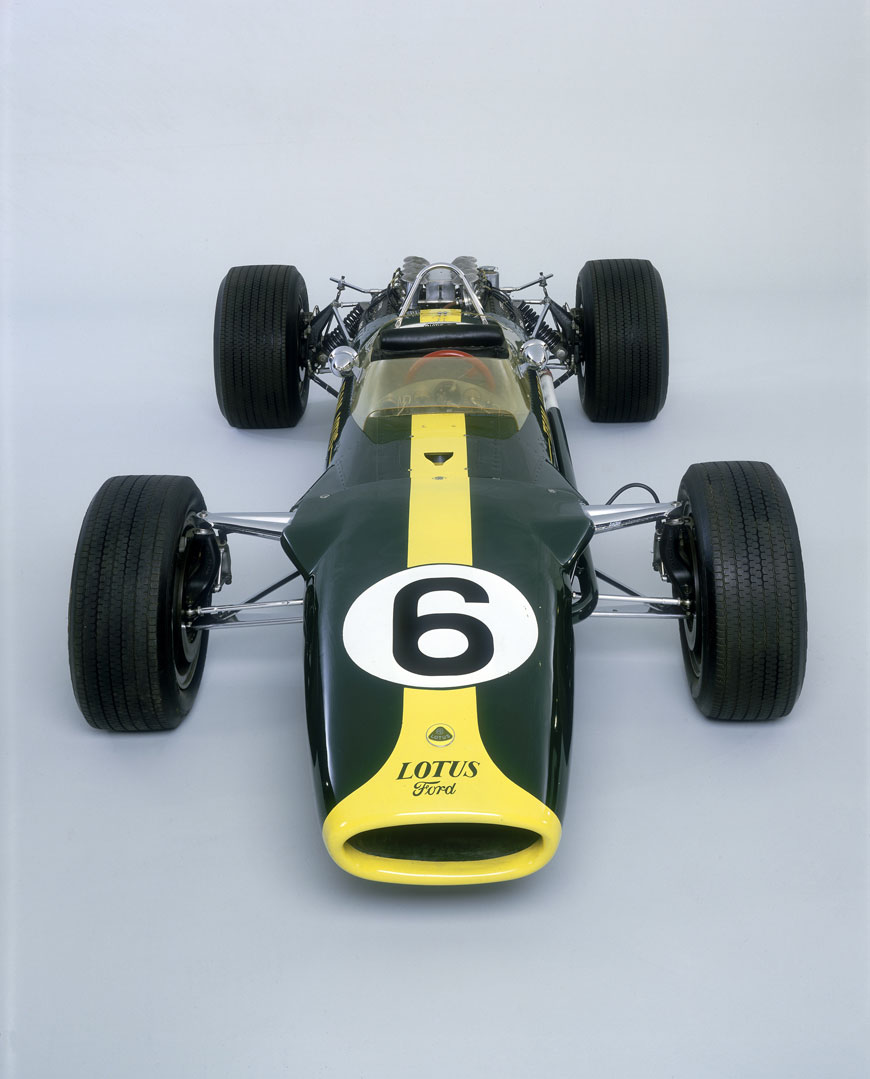
The right gear for 1967 Lotus 49
The museum’s Lotus 49, which was famously campaigned by Graham Hill during the 1967 Formula 1 season, has been in the workshop for careful fine-tuning.
This historic racer’s ZF transmission had already been expertly rebuilt to rectify its unco-operative gear-change. However, despite extensive testing and tweaking at Blyton Park race circuit, the gearbox still hasn’t lost its habit of occasionally selecting the wrong gear! This problem has the potential to cause serious damage when the car is being driven hard on the race track.
The gear linkage, connecting the gear stick and the transmission, was identified as being the potential root of the problem. Workshop engineer Michael Gillett set to work with the linkage, ensuring that all of its joints moved freely, while an extra spring was fitted to the mechanism where it passes through the gearbox casing, to remove any slack.
Next, it was time for testing. The 2993cc V8 engine was warmed through with a pre-heating system, which brings the cooling system up to temperature before the engine is started, eliminating cold-start wear on such a finely tuned race engine. Then with the engine running, Senior Engineer Ian Stanfield worked through all of the gears, ensuring that they could be selected without any issues. The result was a more positive feeling gear change that hopefully will also ensure the transmission behaves as it should.
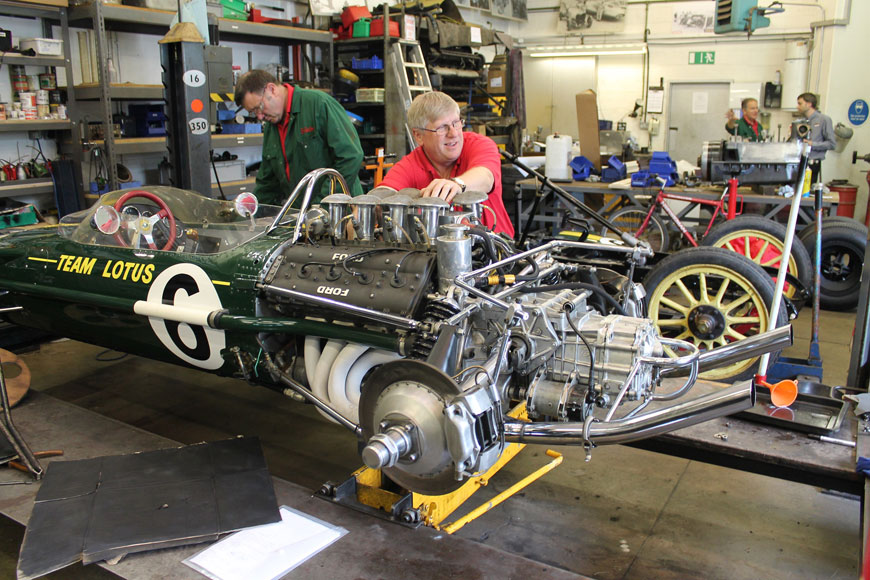
Beaulieu’s run in the London to Brighton
The 2016 Bonhams London to Brighton Veteran Car Run saw three stalwarts of the National Motor Museum collection tackle the 60-mile journey from London’s Hyde Park to Brighton’s Madeira Drive.
Commemorating the original Emancipation Run of 1896 and the lifting of harsh restrictions on motorised transport, the event has a pre-1905 cut-off for participating vehicles. Meeting the criteria for entry was the museum’s 1903 Daimler 22hp, along with its 1903 and 1904 De Dion Bouton Model Qs.
The 1903 De Dion Bouton, which was one of the five original cars that launched the Montagu Motor Museum in 1952, was driven by Lord Montagu’s brother Jonathan, while the 1904 De Dion Bouton was shared by the museum’s Manager and Chief Engineer Doug Hill and Senior Engineer Ian Stanfield.
Lord Montagu took to the wheel of the 1903 Daimler. This grand 22hp tourer had suffered from clutch and cooling systems on the event in recent years but after a great deal of effort from the workshop engineers, the car was in excellent health for 2016 and completed the route without any issues. The De Dions also completed the Run, with only a loose water pump fitting and stuck valve between them requiring swift roadside repairs.
Click here to see the short film documenting the day.
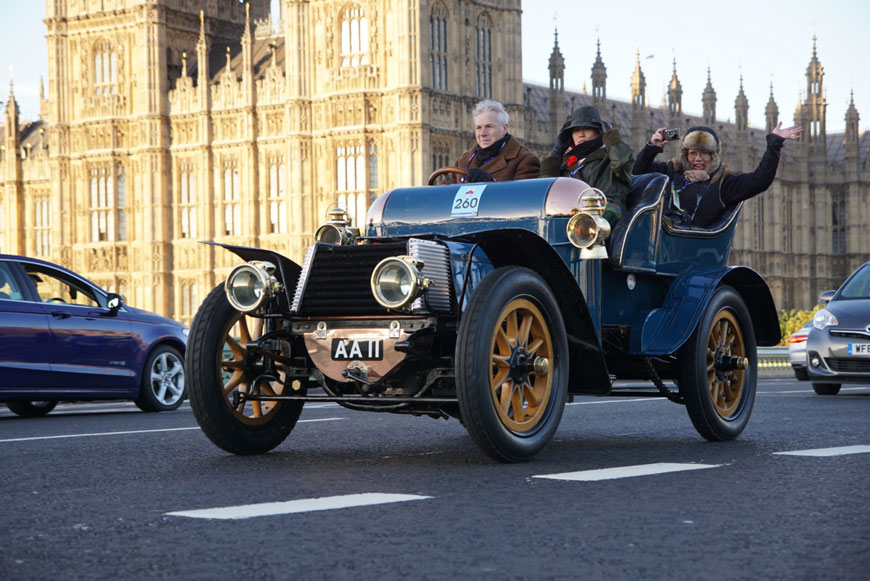
Workings of the much-loved Monorail
One of the best-loved features of the Beaulieu attraction, the bright green Monorail that trundles around the grounds is kept in tip-top condition with fastidious maintenance by the workshop engineers. Every year, the two Monorail ‘trains’ and their raised rail circuit undergo rigorous safety inspections.
With one of the Monorail motors stripped down in the workshop for its latest safety checks, the fascinating workings of this silent-running machine could be seen. Each carriage is mounted on a steel chassis unit, which uses large vertical wheels to sit on the track, with smaller horizontally-mounted wheels to help with corners.
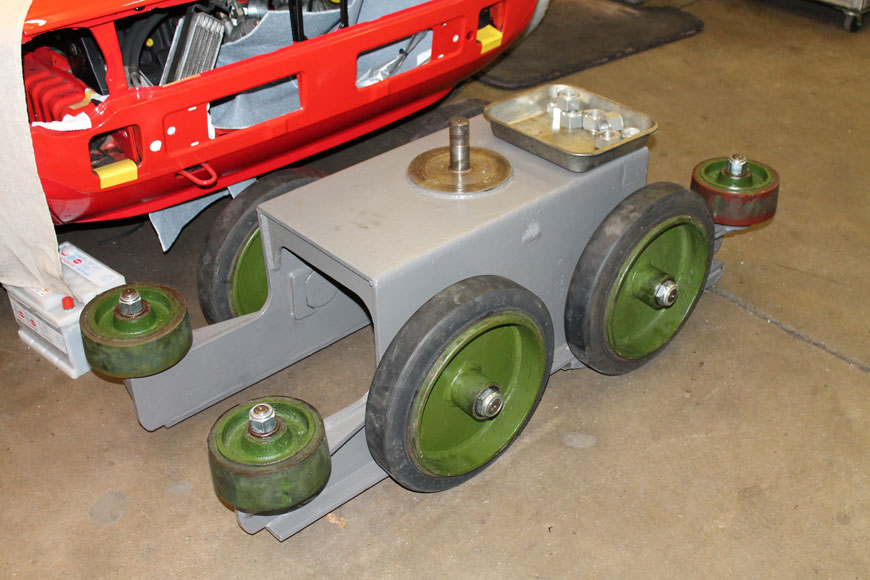
The motorised driver’s carriage is fitted with a single electric dc motor, producing in the region of 3½ horsepower; this may not seem like much to propel four carriages, but the motor’s low-speed pulling power makes it ideal. Although legend has it that these electric motors powered air-raid sirens in a former life, it seems more likely that they had a more conventional industrial role.
Transferring the motor’s turning motion to the driven wheels is a differential from a car. Originally, the Triumph Herald differentials were used, although after these failed many years ago, they were replaced with robust Ford Sierra differentials, which have better stood the test of time.
With the skill and ingenuity of the workshop engineers, it seems certain that this historic Monorail will be entertaining Beaulieu visitors for many years to come.
